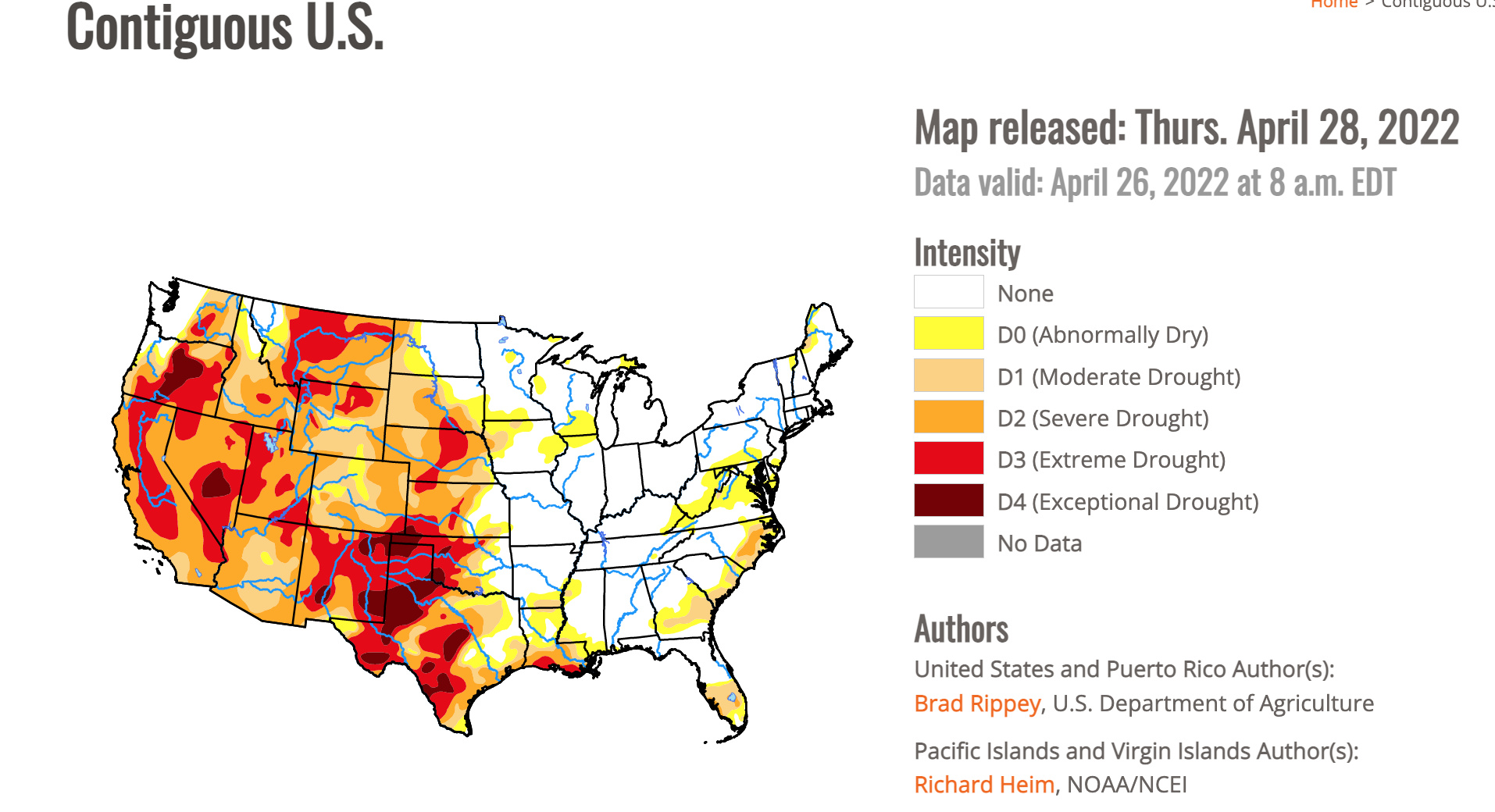Living in Unprecedented Times: Water in Montecito

Last week, the Metropolitan Water District of Los Angeles ordered outdoor water usage to be restricted to one day per week, starting June 1. This order affects six million people in Los Angeles, San Gabriel Valley, San Fernando, San Bernardino, and southern Ventura County. All outdoor watering in these areas could be banned by September 1, if the situation doesn’t improve. Right now, we are heading into our summer season, which seldom sees precipitation.
A crippling drought is gripping the entire Southwestern U.S., including Arizona and New Mexico, and there just isn’t enough supply from Northern California, which feeds the State Water Project. This year, agencies including Montecito and Santa Barbara can expect 5% of their normal water deliveries from the State Water Project.
For Southern California, the other major water resource is the Colorado River, running at low levels too. Scientists, who’ve examined tree rings dating back to 800 A.D., say this past 22 years is the driest since the last major drought in the middle 1400s, when Constantinople fell, and Machu Picchu was in construction. There were some serious mega droughts before that time in the middle 1300s, and one that lasted 200 years, back in the Middle Ages.
According to the U.S. Drought Monitor website, 96% of the Western U.S. is now abnormally dry or worse, and 88% of the region is in drought. Per this map, Santa Barbara County is in “severe drought.”
Governor Newsom called for a 15% reduction in water usage last July. As of today, the state has averaged 6.4% in cumulative water savings. In March, he issued a call-to-action for water agencies to plan to use 20% less water, possibly to be increased to 30%.
What About Montecito?
While the overall water situation for the Western United States is rather dire, the Central Coast isn’t feeling the same impacts…yet. But we are in “severe drought,” and the tools to combat it remain the same:
Better management: groundwater resources, increased conservation, and reduced use.
Alternate sources of supply: Desal. Recycled water.
Our Montecito Water and Sanitary districts have been partnering to produce recycled water. It could provide water for landscaping, and end ocean discharge. Orange County is already producing 1,000,000 gallons per day. Achieving recycled water will likely require regional collaboration, something Supervisor Williams has suggested. The districts are also exploring possible consolidation in an effort to leave no stone unturned to best provide water supply in the most efficient way possible, now and for the future. But there’s rather a lot more going on than just that.
The Montecito Water District has just released its Five-Year Strategic Plan and will be presenting key elements of it to the Montecito Association Board next week. Desal water from the City of Santa Barbara to Montecito started as of January 1 of this year. The Montecito Water District has called for conservation since the beginning of this year. As reported in the Montecito Association’s April board meeting, Montecito water users were 87% over the area’s water budget in March. “It was literally the driest two consecutive months ever,” said Nick Turner, General Manager for the Montecito Water District. “You expect to see water use increase go up when the winter rains fail to materialize, but this level of use is not sustainable.”
The Montecito Water District has also been active in pursuing groundwater management, via the Groundwater Sustainability Agency. Meetings are open to the public, and participation is highly encouraged as groundwater is a key supply, at 10-15% annually, for Montecito.
The Montecito Association is delighted to host a community conversation over Zoom with the Montecito Water and Sanitary Districts on May 9 at 4 pm. Everyone is welcome to attend. Water is an important topic to this community! Please see montecitoassociation.org or email info@montecitoassociation.org for more information.
Sharon Byrne is the Executive Director of the Montecito Association






